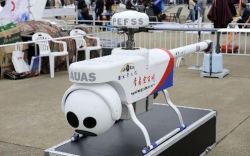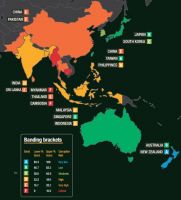New Stealth Material Developed: Chinese Scientists Claim

A Chinese scientists' group have created a stealth material that cannot be detected by 'anti-stealth' radar.
The material, which is thin enough to be applied to military aircraft, ship and other equipment, can defeat microwave radar at ultrahigh frequencies ( UHF).
Today’s synthetic aperture radar use arrays of antennas directing microwave energy to essentially see through clouds, fog and provide an approximate sense of the object’s size, the so-called radar cross section.
Such material is usually too thick to be applied to aircraft like fighter jets, Defense One news site, reported Wednesday quoting a research paper published in Applied Science.
“Our proposed absorber is almost ten times thinner than conventional ones,” said Wenhua Xu, one of the team members from China’s Huazhong University of Science and Technology.
In their paper, published in the Journal of Applied Physics, the team describes a material composed of semi-conducting diodes and capacitors that have been soldered onto a printed circuit board.
The layer known as “active frequency selective surface material” ( AFSS) is sitting under a layer of copper resistors and capacitors just .04 mm thick.
The AFSS layer can effectively be stretched to provide a lot of absorption but is thin enough to go onto an aircraft. The next layer is a thin metal honeycomb and final is a metal slab.
Stealth is considered by many to be one of the key technologies that enabled US military dominance throughout the last century, effectively neutralizing, or offsetting, technological gains made by rival nations and the Soviet empire.











